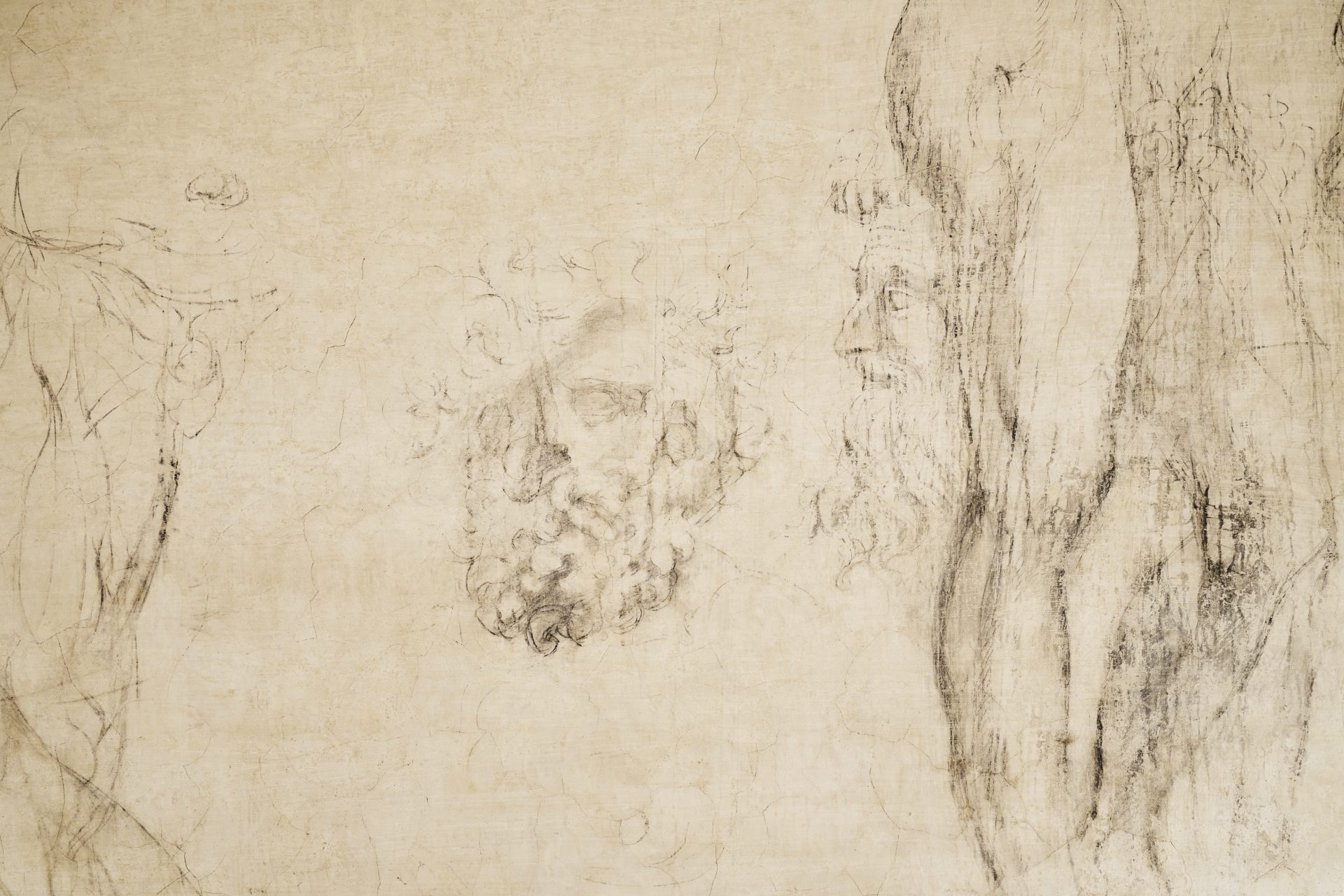Michelangelo's Secret Room opens to Visitors

After nearly 50 years since its discovery (in 1975), on November 15, 2023, Michelangelo's secret room beneath the Medici Chapels will be open to the public.
"This small space is truly unique for its exceptional evocative potential. Its walls seem to barely contain numerous figure sketches, largely of monumental size, drawn with clear design marks," commented Francesca de Luca, curator of the Museum of the Medici Chapels. "These are accompanied by studies, ranging from detailed to summary, of anatomical details, faces, and unusual poses. Not all the drawings exhibit the same high graphic quality as Michelangelo's work, but according to Paolo Dal Poggetto's reconstruction, the discoverer of this room in 1975, Michelangelo may have used this place in 1530 during his self-imposed hiding from Pope Clement VII Medici's wrath due to his involvement in fortifications for the republican government, which had expelled the Medici family in 1527. However, this place allows today's visitors the unique experience of directly engaging not only with the master's creative process but also with the perception of the formation of his myth as a divine artist, a model for his contemporary colleagues and the young members of the Academy of the Arts of Design, of which Michelangelo was appointed "Father and Master," and which established its headquarters in the Sagrestia in 1563."

It was November 1975 when Paolo Dal Poggetto, the then director of the Museum of the Medici Chapels, asked the restorer Sabino Giovannoni conducting cleaning tests in a narrow corridor beneath the apse of the Sagrestia Nuova, during a preliminary inspection for the search for a suitable space to create a new museum exit.

The small room, measuring 10 meters in length by 3 meters in width, with a vault height of 2.5 meters, had been used as a charcoal storage room until 1955 and then lay unused, remaining closed and forgotten for decades, hidden beneath a hatch completely covered by cabinets, furniture, and piled belongings. It was during wall tests that the restorer came across a series of mural figure drawings, drawn with charred wooden sticks and sanguine, of varying dimensions, often overlapping, which Dal Poggetto largely attributed to Michelangelo. The then-director hypothesized that the artist had sought refuge in the small space in 1530 when the Prior of San Lorenzo, Giovan Battista Figiovanni, hid him from the vengeance of Pope Clement VII, who was furious because the artist - during the period when the Medicis were expelled from the city - had worked as a supervisor of fortifications for the short-lived republican government (1527-1530). After obtaining the forgiveness of the Medici family, Michelangelo finally returned to freedom after about two months, which, according to the reconstruction, should fall between the end of June and the end of October 1530. He then resumed his duties until he definitively left the city for Rome in 1534. The drawings, still under study by critics, were, according to Dal Poggetto's theory, created during the period of the artist's "self-reclusion," during which he used the walls of the small room to "sketch" some of his projects, including works in the Sagrestia Nuova, such as the legs of Giuliano de' Medici, Duke of Nemours, references to the ancient, such as the head of Laocoön, and projects related to other sculptures and paintings.
All Images by Ph. Francesco Fantani
